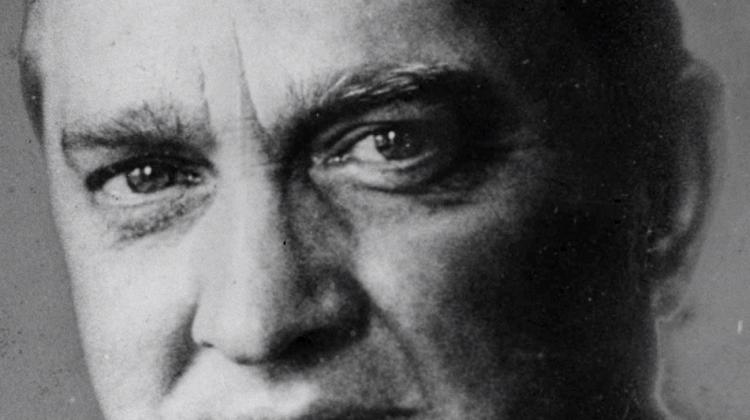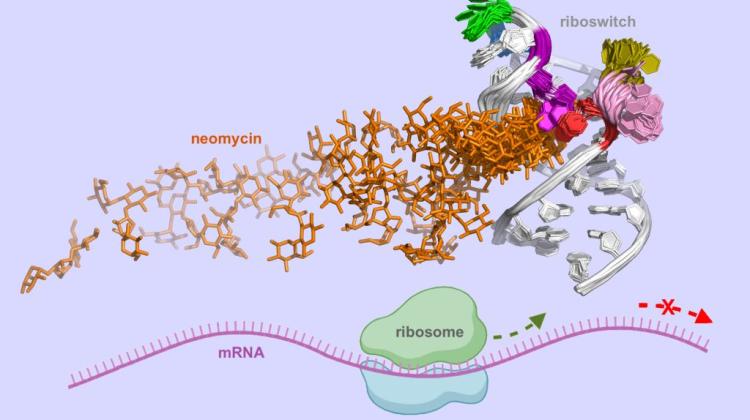Prof. Strzelecki: Banach was a great artist. He did something that is still alive
 Stefan Banach. Source: PAP/CAF
Stefan Banach. Source: PAP/CAF
Stefan Banach died over 70 years ago, but his work lives on. In the year 2015 alone his name appeared in mathematical publications more than 1100 times. Prof. Paweł Strzelecki told PAP why Banach is an important figure for mathematicians.
In the vast database of mathematical publications collected by the American Mathematical Society (AMS) the word "Banach" appears in more than 85 thousand records. In the year 2015 alone, by mid-December the name appeared in more than 1,100 publications. "There are no other Polish mathematicians who would appear so often in the database" - said in an interview with PAP Prof. Paweł Strzelecki from the Faculty of Mathematics, Informatics and Mechanics, University of Warsaw.
For comparison, the scientist gave the examples of other Polish mathematicians. The name of Antoni Zygmund appears in the database in a total of 5 thousand records (more than 100 in 2015), Wacław Sierpiński - in more than 2.4 thousand records (More than 40 in 2015), Józef Marcinkiewicz - in nearly 2 thousand records (More than 40 in 2015), and Hugo Steinhaus - in more than 1200 records (9 in 2015).
SHAKESPEARE OF HIS TIME
"Why did Banach become so famous? Because he was a brilliant artist" - said Strzelecki and added that mathematics is a specific field, which combines some artistic and scientific aspects. "In his field, Banach was not a mediocre poet. He was a Shakespeare of his time. He did something that is still alive, something permanent" - said the mathematician from the University of Warsaw. He concluded that this great work of Banach was the creation of functional analysis (is the area of mathematics, who was born at the turn of the century), and the idea of Banach spaces (himself Banach called them modestly type B spaces).
COMPLETELY NORMALIZE LINEAR SPACE
Prof. Strzelecki explained that Banach space is a space that meets three conditions. Firstly, it must be a linear space, elements of which are vectors (for example such as vectors on a plane). Two operations can be perform on those: add them and multiply by a scalar. The second condition is that the space must be normed. And that means that distances between objects can be measured. In addition, the method of measuring the distance must be the same in each point in space. So when, for example, an object is only moved, it should not change its aspect ratio or size. The third property of a Banach space is its completeness. "This intuitively means that in this space there are no holes or gaps" - explained the mathematician. He gave an example, that when on a straight line one selects all the fractions, so the rational numbers, it does not fill the entire straight line. There will be gaps between them - the numbers such as the square root of two or pi. The space with such gaps will not be complete.
The mathematician gave the example that a Banach space could be a space of a function, for example describing all the states of an object.
BANACH AND HIS RECIPE
"Without the work of Banach, mathematicians could prove the same thing hundreds of times for the structures, which only differ in irrelevant, technical details. Banach came up with the idea that you can pick out and name a common feature. And gave examples of its occurrence" - said the scientist from UW.
He compared Banach’s work to the work on a new antibiotic - people used to try to synthesize drugs at random. Quite chaotically. "Meanwhile, Banach would be someone who said: These and those are antibiotics. They work this and that way, and methods of synthesis of these drugs and their ingredients have this in common. You can use this method to synthesize any number of completely new antibiotics that will work in a certain way. Banach did more than put things in order. He explained to mathematicians, exactly what they do and why they manage to do it" - compared Strzelecki.
MATHEMATICS OF JPGs
However, the importance of functional analysis does not have such a direct impact on human life as the production of the antibiotic. "Functional analysis is like a toolbox. And it is relatively easy to use" - said the mathematician. He noted that this toolbox is used by both theoretical physicists and many mathematicians who, for example, deal with differential equations and their practical applications.
Although functional analysis belongs to fundamental research, it has already found some uses. "Without functional analysis we would not have a mathematical apparatus of quantum mechanics in physics and in the modern theory of elementary particles" - said Strzelecki. He added that without this field there would be no modern methods of image compression that brought us, among others, the JPEG standard. Image files would be much larger than they are now. "Without functional analysis there would be no data compression, which the FBI uses to store fingerprints. The FBI began to store fingerprints on digital media because someone invented a better method of image compression based on the ideas straight from the functional analysis" - said the mathematician.
DRAWING A MAP ON A MAP
Strzelecki named the fixed-point theorem as one of the most interesting Stefan Banach’s achievements. "It can be understood like this: someone is anywhere in Warsaw and has a map of the city. When he drops this map on the ground, there will be exactly one point, which is in the exact same place on the map and on the ground" - said Paweł Strzelecki and added that there is even a formula that tells us how to find this place (you have to draw on the map the place where the map has dropped, and then - an image of a part at the area covered with the place etc.). "This theorem today is a very important tool for proving that there are points with specific properties in Banach spaces. This allows to prove different equations have solutions" - said Strzelecki.
WEIRDOS AND THEIR QUIRKS
Stefan Banach (b. 30. 03. 1892 in Kraków, died 31. 08. 1945 in Lviv) was not only a great mathematician, but also a colourful character. He liked to party all night and drink alcohol, and his life was a source of many anecdotes, for example that he would never become a PhD, if not for a deception of colleagues from his university. Or that he did not want to leave Lviv, despite the fact for going to the United States he was offered an absurd amount of money (a check with the number 1, behind which he could add any number of zeros). According to Prof. Strzelecki, this eccentric lifestyle had no significant effect on Banach’s reputation. "In the scientific community, eccentrics are not valued because they are eccentric. They are valued for what they can do. And because of that the community tolerates their minor quirks" - concluded the researcher.
PAP - Science and Scholarship in Poland, Ludwika Tomala
lt/ agt/
tr. RL
Przed dodaniem komentarza prosimy o zapoznanie z Regulaminem forum serwisu Nauka w Polsce.














